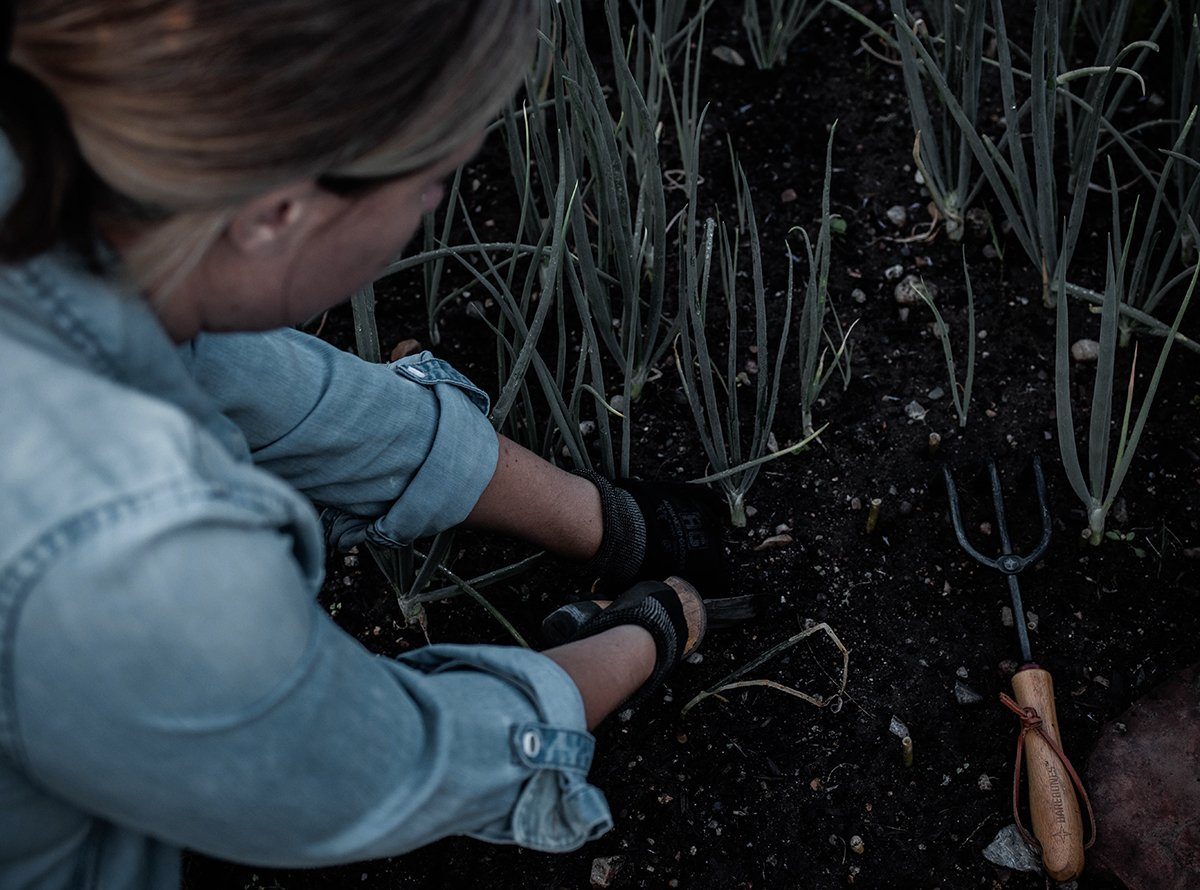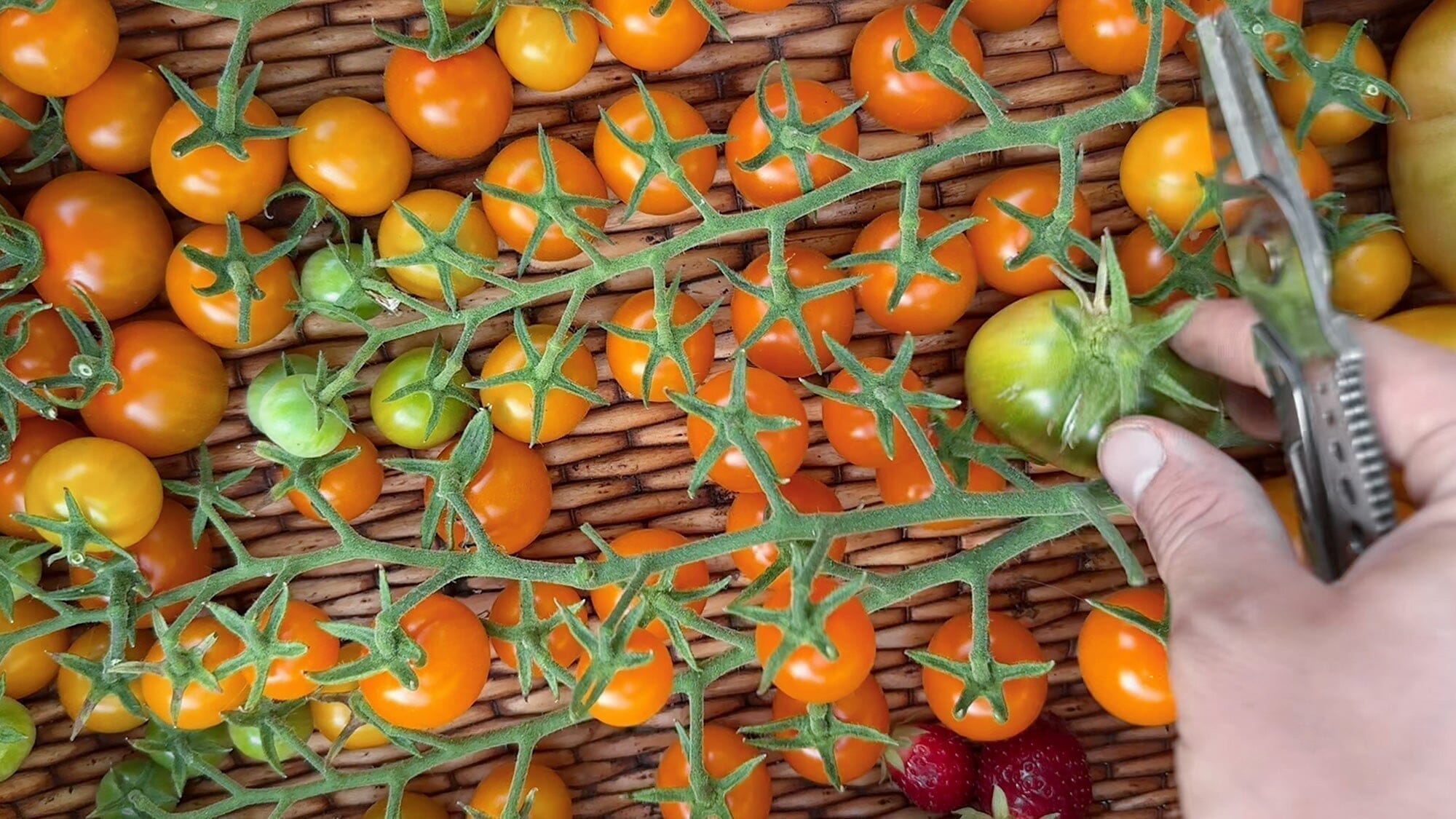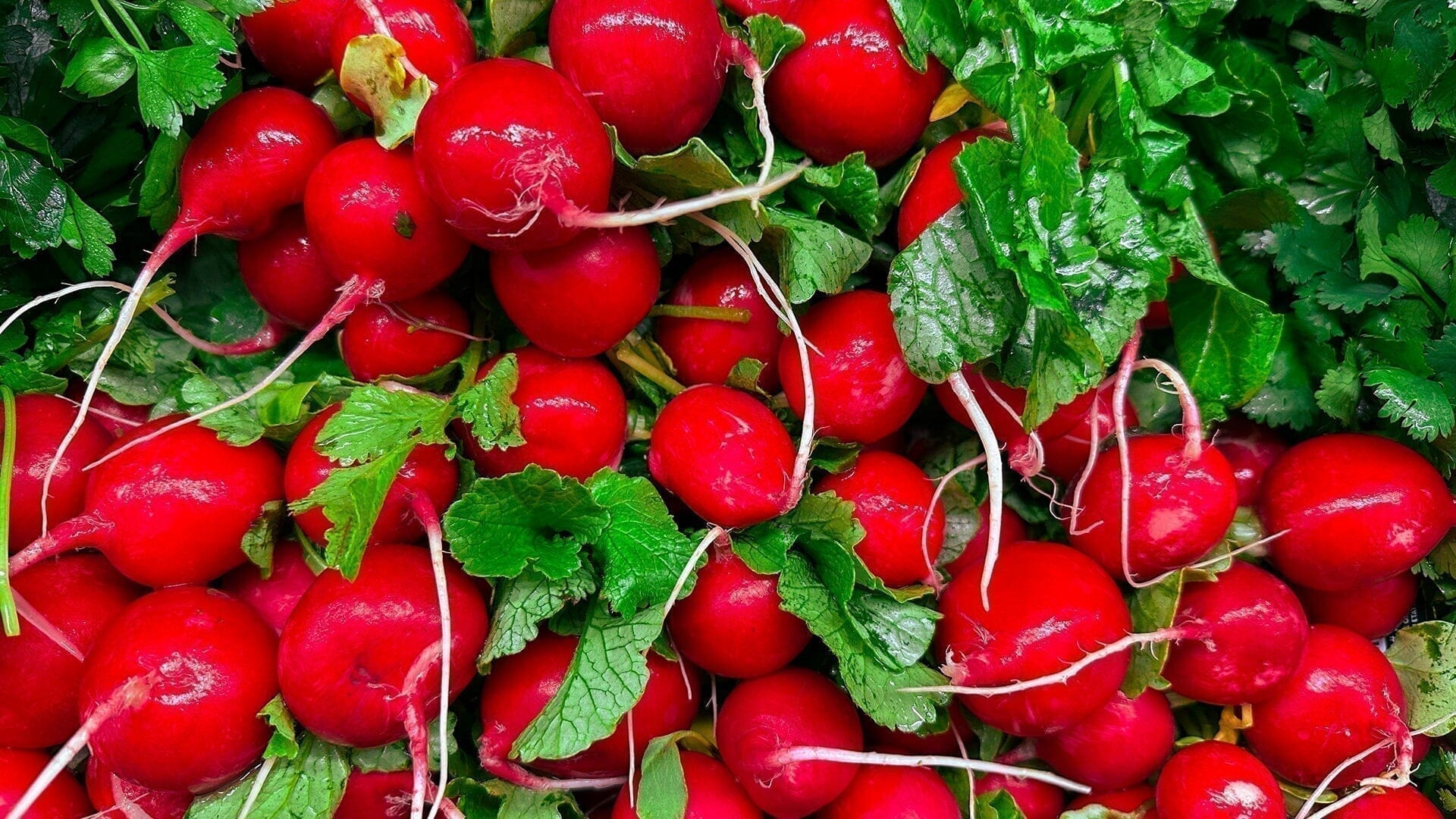Steps and images by Brianne Dela Cruz
Before winter’s icy grip takes hold, we must answer that primordial call to gather, stock up, preserve, and nest. Autumn presents the perfect time to do fall garden prep for spring planting, the work that prepares our garden beds for the following growing season. My fall gardening checklist consists of 10 ways to prepare your garden for winter and an abundant growing season to come.
Each day is a golden reverie
In this season of long shadows,
husk-filled gardens, woodsmoke,
And windswept evenings
Blurred
By tumbling leaves.
The season itself
Is but an extended ode to the richness of the land.The last harvest,
Being an offering
Of one last taste
And touch
Of a sun kissed tryst.

Preparing Your Vegetable Garden For Winter
1. Harvest garden crops to preserve for winter
Using pruners and shears, harvest remaining fruits, vegetables, and herbs. (I love using the Harvest & Gathering Bag for this task!) Storing vegetables for winter, such as carrots, potatoes, beets, or turnips can be done in an underground root cellar or a cool, dry place like your basement. Cure herbs, onions, and garlic by hanging them to dry. Other methods of preserving vegetables include pickling in vinegar, canning, making jam, dehydrating, or freezing the produce. Gather dried seed pods from plants that flowered. Harvest seeds by cracking open the pods, or shaking them out. Store harvested seeds in labeled containers for springtime planting.
Garden Soil Preparation
2. Clear out dead and rotting plants from garden
It is important to remove all dead plant material from the garden over winter as finished plants invite disease and pests. After cleaning out your garden beds, add the plant material to your compost. Any diseased plant material must be burned or thrown away. I like to select the most beautiful dried plants to craft a homemade wreath or fall floral arrangement.
Fall garden clean-up also requires removing and cleaning temporary garden structures, like vegetable trellises and plant markers. Remember to remove all live and invasive weeds using a cultivator to reduce the work needed in springtime.
3. Start a new compost pile
If your current compost pile is about three cubic feet in volume, stop adding new material. Add one to two shovels of garden soil, then make sure the pile is moist but not heavily saturated. Churn the pile with a pitchfork to mix thoroughly. Allow your current accrual of compost to sit and decompose for 3 to 4 weeks. Microorganisms will break down any remaining plant matter.
Start a new compost pile with the plant matter you’ve accumulated through harvesting, mowing, pruning, and cleaning out your garden beds.
4. Add compost to prepare soil for spring
Mix 2 to 3 inches of organic matter such as leaves, mulch, compost, or composted manure into the soil. Composting in the fall is pivotal because it allows soil microorganisms many months to enrich the soil ecosystem in preparation for next year’s plantings. For small areas in the garden, mix in compost using a square hoe or spade.
What To Plant In The Fall For Spring
5. Plant trees, perennials, and bulbs
One of the best times to plant is in the fall. Not only are the temperatures easier to work in, but autumn weather patterns also benefit new plants.
Plant trees, perennial shrubs, bulb flowers, garlic, autumn flowers, and cover crops early to mid-fall. Some beautiful flowers and bulbs to plant in fall include tulip, crocus, allium, iris, snowdrop, chrysanthemum, purple fountain grass, pansy, and viola.
Divide bulbs that appeared to be scraggly or overcrowded earlier in the season. Using a Hori Hori and spade, loosen the soil about 6 inches away from where you estimate the bulb to be rooted. Gently lift the bulbs and separate their joining, then immediately replant elsewhere in the garden.
6. Mulch garden beds with autumn leaves
Are mulched leaves good for your lawn and garden? The answer is yes! Leaves feed earthworms and beneficial microbes. They also lighten soils and help sandy soils retain moisture. Mow your falling leaves to break them down into smaller pieces, then mulch them into the garden soil when you apply compost. You can also layer the leaves on top of your garden beds after fall planting. Mulching in the fall protects the soil from erosion and insulates over-wintered crops.
Fall Yard Clean up
7. Mow and fertilize lawn one last time
In preparing the lawn for winter, mow grass to 2 inches in height in late November. Aerate grass and apply one last round of fertilizer.
8. Decrease water irrigation for fall and winter
After the Fall Equinox, decrease the watering cadence of the garden, lawn, and outdoor plants. Plant’s growing cycles are slowing as they move into dormancy, and they don’t require much water. After the fall garden harvest, turn off the irrigation system, then repair any damages to minimize the preparation work necessary before spring.
Winterize your garden hoses and spigot by shutting off any necessary valves, detaching all hoses, then opening the spigot and letting it drain. Make sure to close the spigot once drained. This should be done when temperatures are above freezing to decrease risk of pipes bursting.
9. Prune trees and perennials
For fall pruning, lightly trim out the dead branches from trees using pruners, a timber saw, or a lopper. Be careful not to cut any live branches because that will spur growth when the tree’s energy needs to be moving into the roots for dormancy. Save heavy pruning until late winter or early spring.
Cut perennials back to a few inches above the ground after their foliage dies back. For woody-tissued shrubs, only prune to just above where the woody tissue begins. Save the dead branches for composting, then throw away or burn any diseased plant matter in a fire pit.
Winterize Garden Tools
10. Clean gardening tools
Scrape dirt off gardening tools using a wire brush, then sanitize the stainless steel. Condition wood with olive oil or walnut oil mixed with melted beeswax, or use a standard wood conditioner. Use the same mixture to hydrate garden gloves after cleaning.
Now you can sit back, relax, and cozy up to the fire, knowing your yard and garden are prepared for winter and primed for another spectacular growing season!
ABOUT
Brianne Dela Cruz is a master gardener, wild forager, campfire foodie, and acclaimed writer and photographer. From her home in Salt Lake City, she teaches online gardening and foraging courses for modern folks and budding naturalists as well as hosts seasonal community gatherings. Brianne's blog and online school, Gather & Grow, is a community of folks exploring the intersection between nature and personal growth by discovering ways to slow down and nourish themselves with nature.







